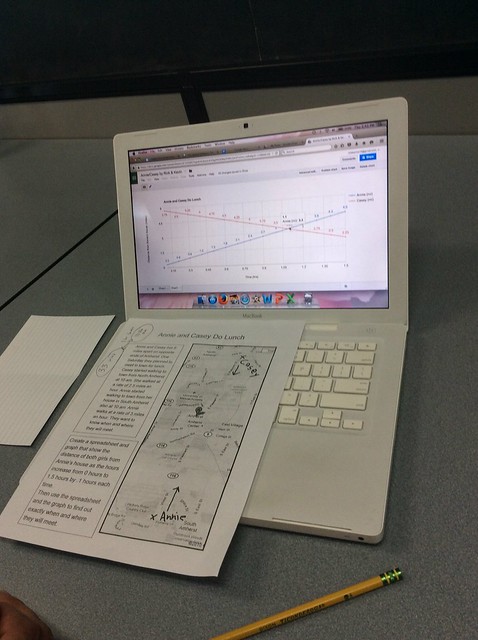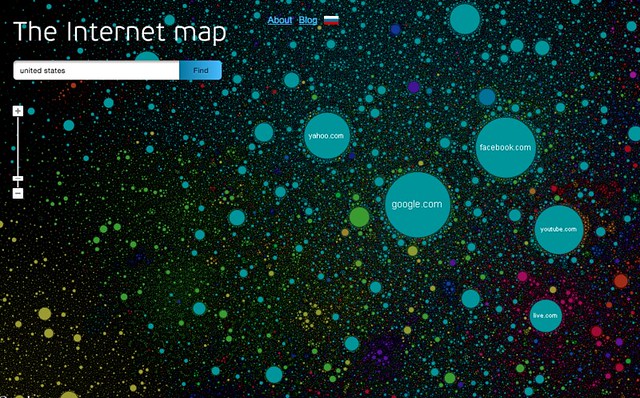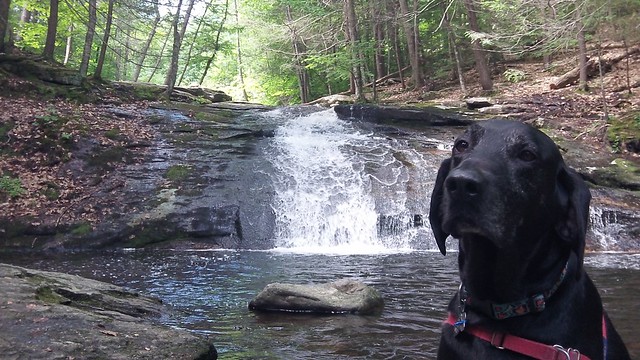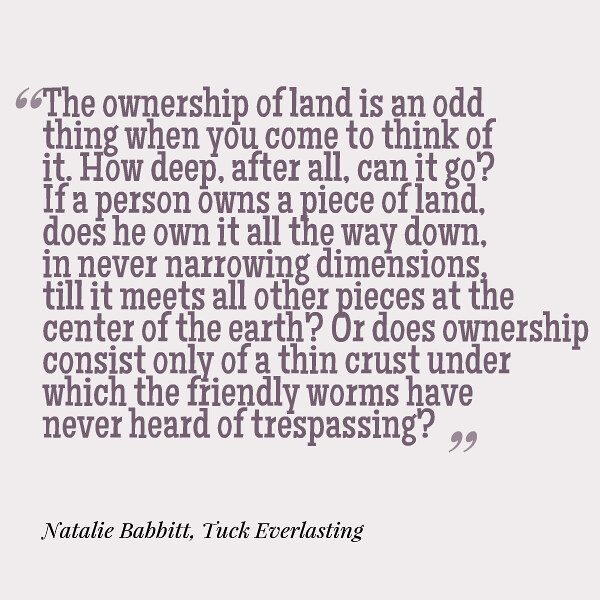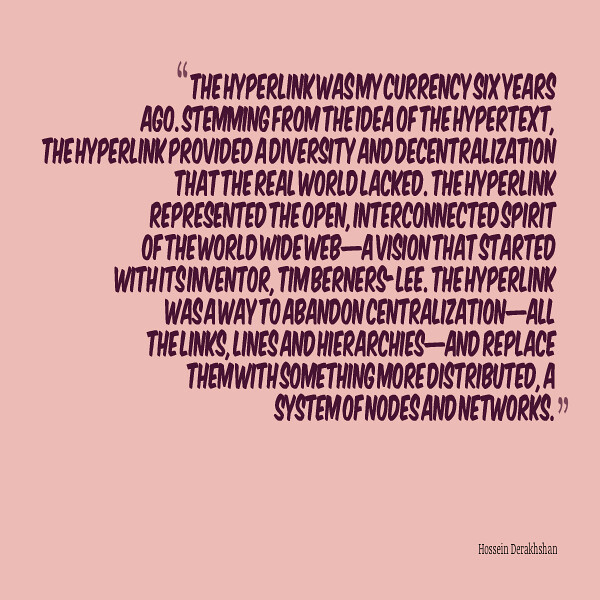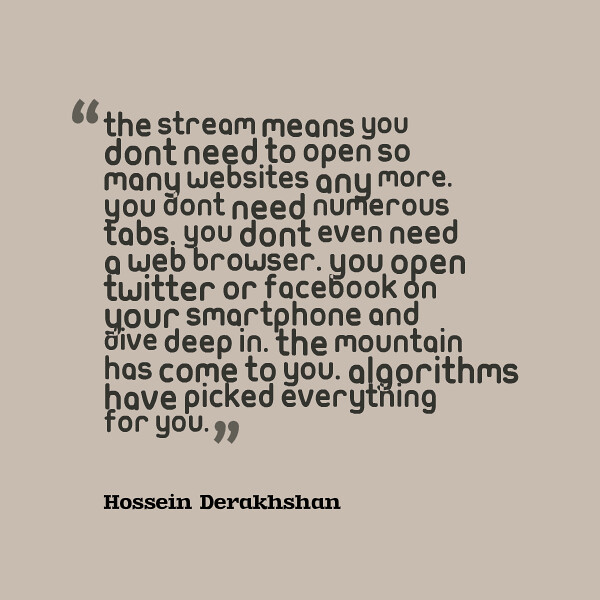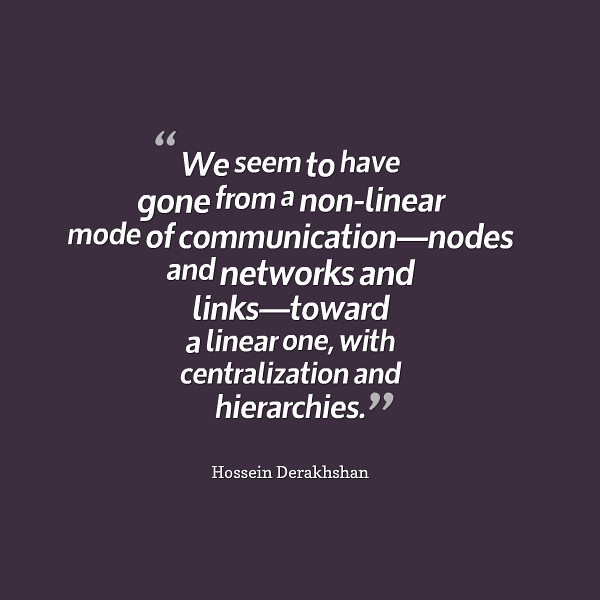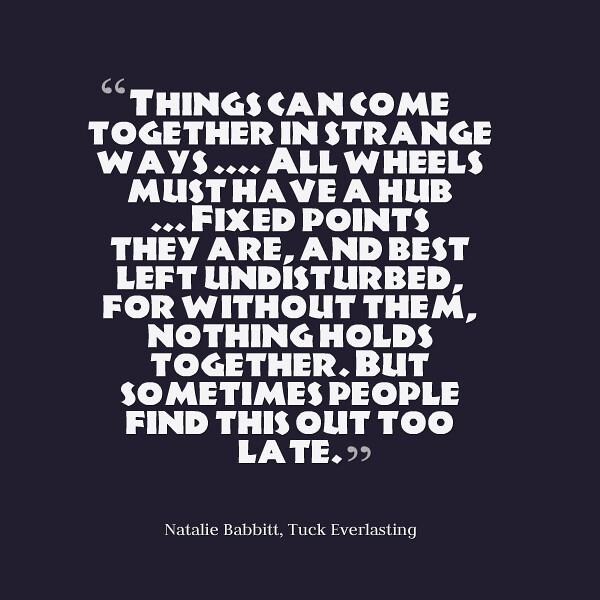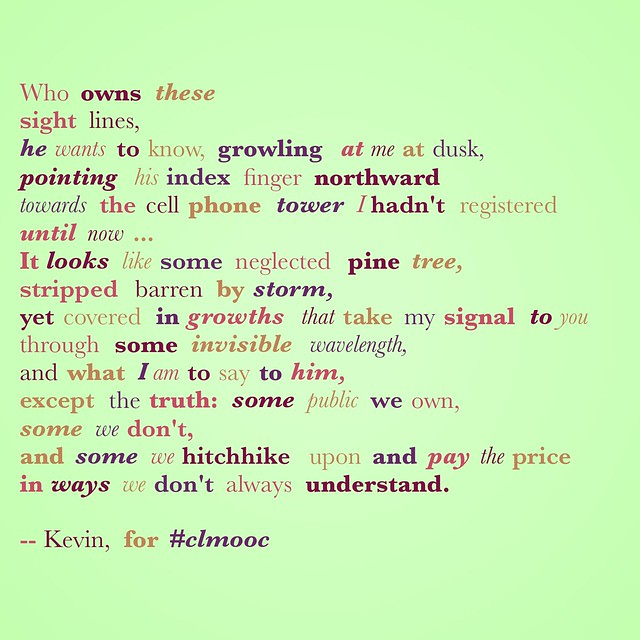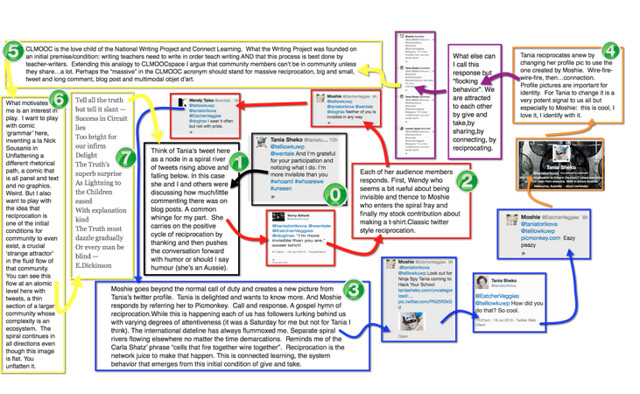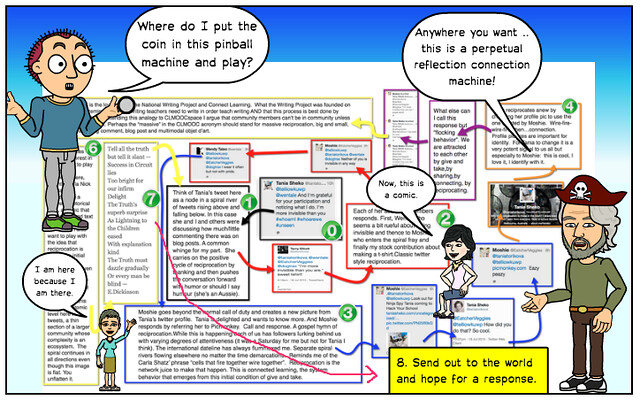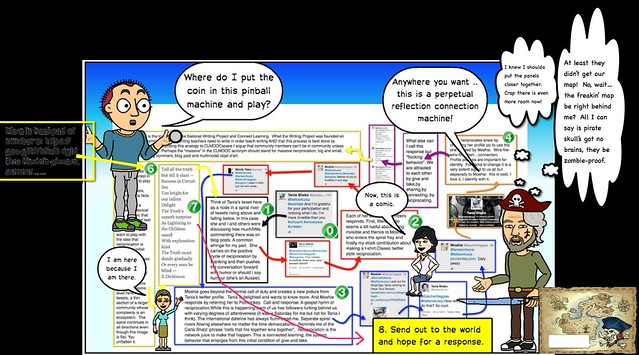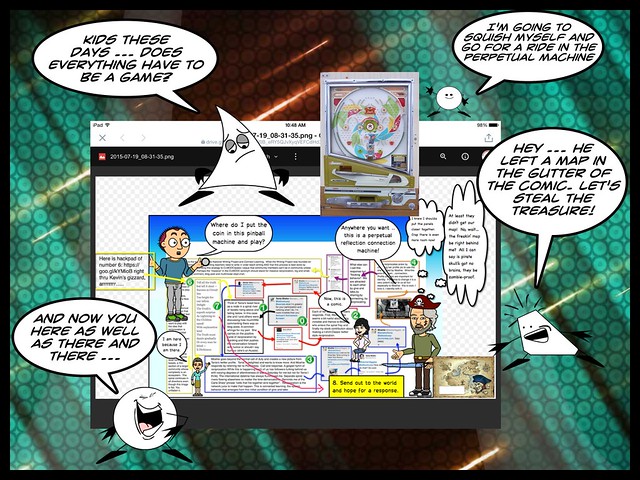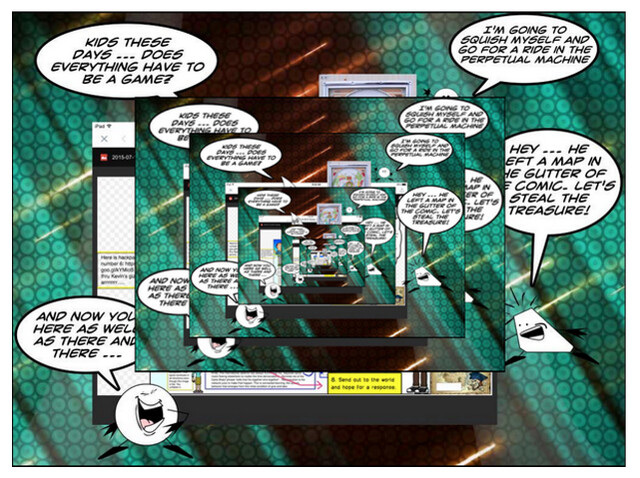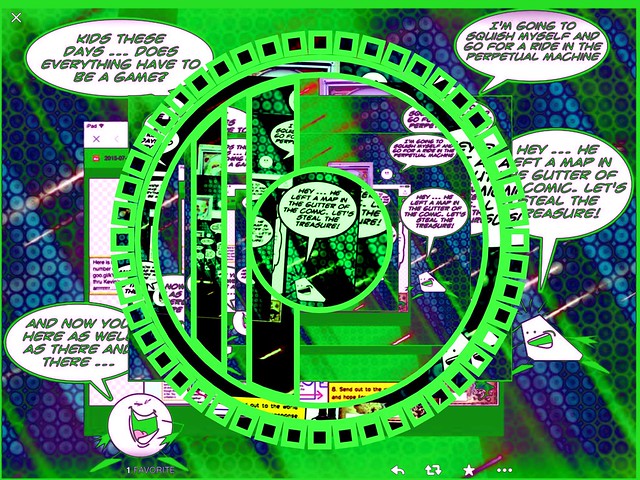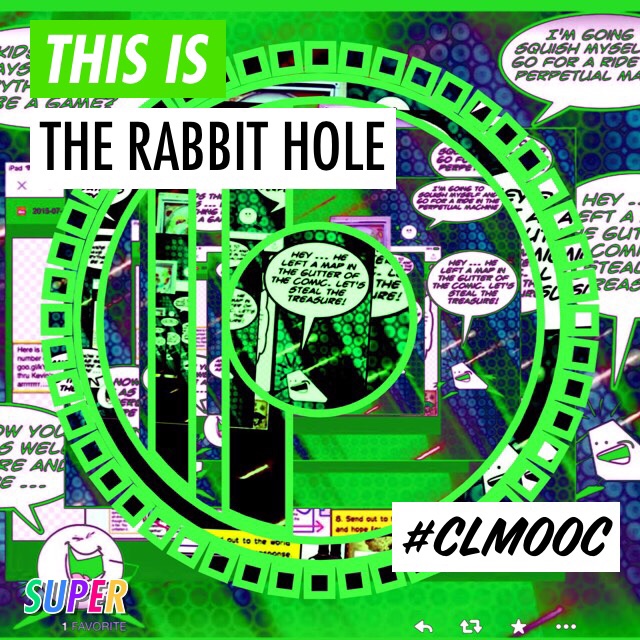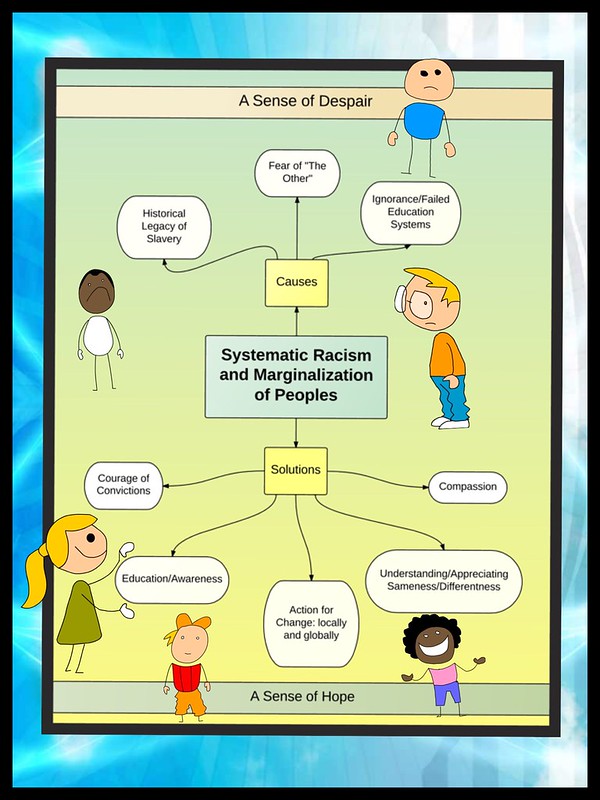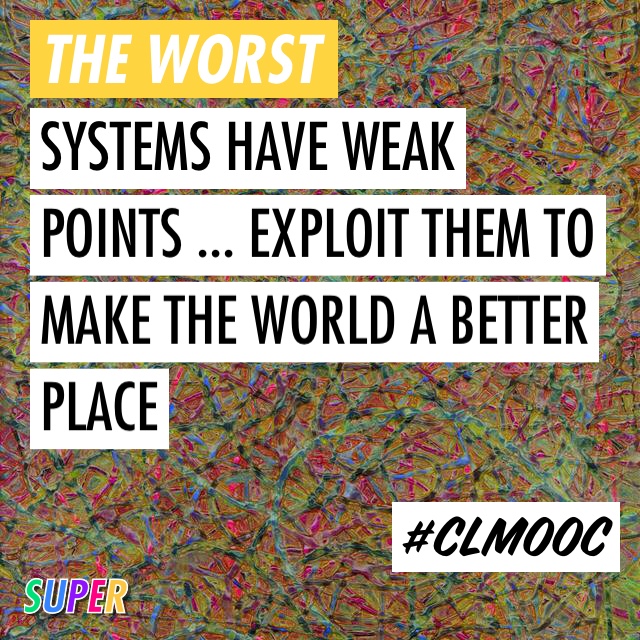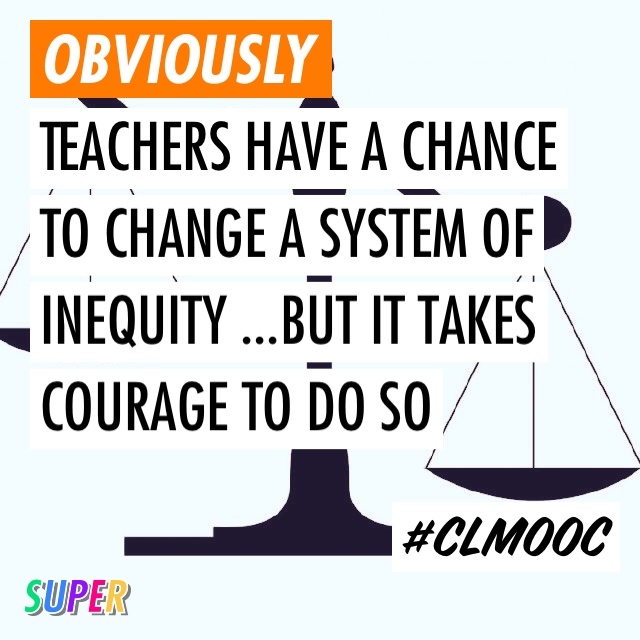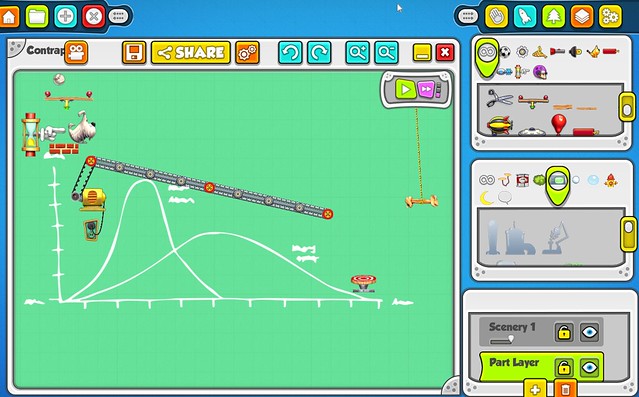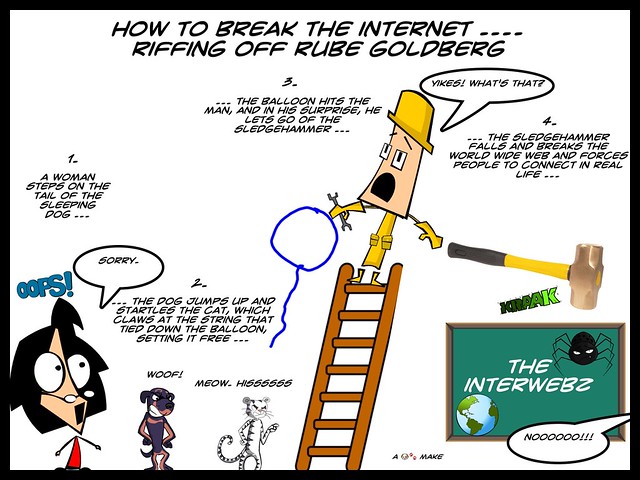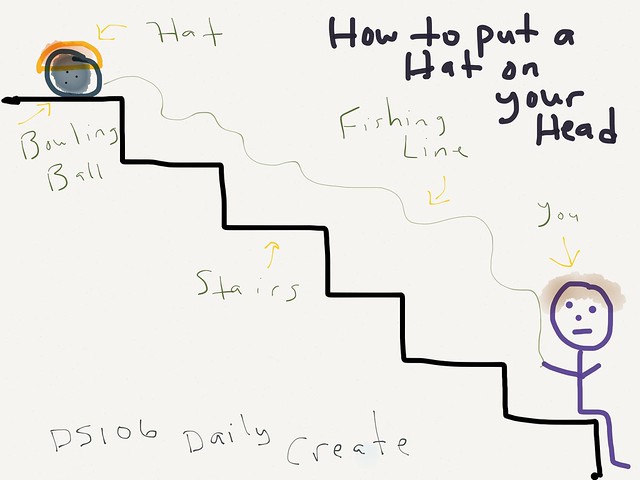I was the lead facilitator at a Digital Writing Marathon yesterday, bringing in folks from various groups of the Western Massachusetts Writing Project for a day of play, tinkering, making and reflection on teaching practice with technology. Our workshop purposefully dovetailed nicely with the ethos of the Making Learning Connected MOOC, too. I’ll share out some more of my end of the entire day in a future blog post but I wanted to share out a project that my WMWP Tech Team member Tom Fanning brought to us that really had us engaged.
Tom led part of the workshop, fusing math, writing, and technology in a really interesting way. He had us creating short video expository essays to explain how we solved a math word problem using Google Sheets (ie, Excel) to solve it.
Essentially, Tom laid out a math problem (two girls walking from two ends of town need to meet … where do they meet and when?), gave us some initial data points, and then proceeded to help us learn how to use Google Sheets to solve the problem. First, we did some data analysis, and then we turned our data into a chart that provided us with a visual of where the two girls would intersect. That information then helped us answer the questions of where and when they would meet.
That was all interesting enough, particularly for the room of English and Science teachers not all that accustomed to crunching numbers and generating data charts.
Tom then had us outline a “script” in which we had to explain our answer and our process to finding the answer, and use video to capture our thinking. Tom often uses this style of informal expository video capture as part of his work around digital portfolios (he shared a video of a student walking through some math strategies). The videos are rough, no editing needed, but are a perfect way to document understanding and voice in a meaningful archived way.
Here is what my partner, Rick, and I came up with:
What I like about Tom’s project is the cross-discipline approach (math and writing and technology); the discussion my partner and I had around what we would say to explain the problem; the way the video essay element becomes a real documentation of what we had learned; and the deeper use of Sheets/Excel to really dive into the concept of formulas and data bases (this part of the lesson could have gone another hour or two, I am sure.)
Peace (solves the problem),
Kevin
